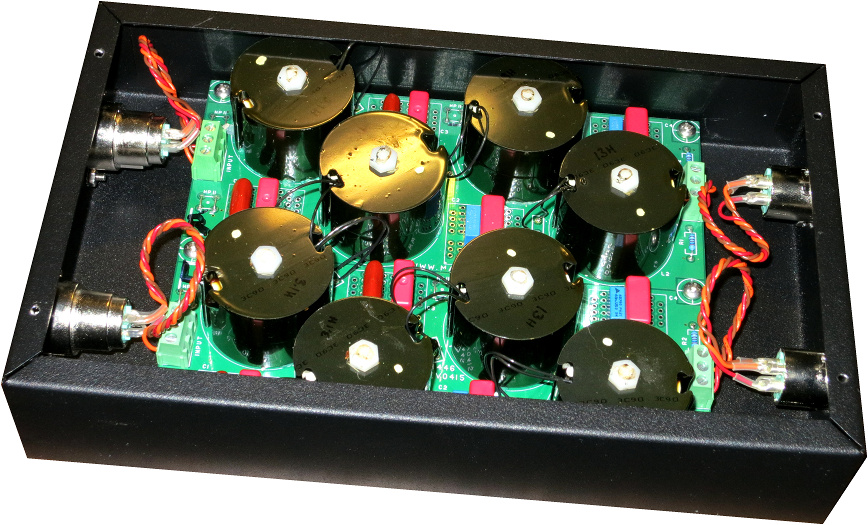I agree with comments that variation in recordings makes subs tricky even when you get it set up right for the room. I have a REL T2, which they call sub-bass. I'm a bass player, so I always notice thin bass and enjoy this sub's addition. But I am jumping up to adjust the volume of the sub between contemporary pop/rock recordings and most before 2000. Jazz is more consistent, but contemporary jazz is also produced with more low bass. This makes the sub a little more like a tone control than I'd prefer, but there's no way around it in my system and my listening. I should caveat that I've not had the opportunity (i.e., budget) for a truly full range tower in my system so these comments are about stand mounts and my current Magnepan LRS.
Your sub experience: Easy or hard?
For those of us with subwoofers, I'm curious whether you thought integrating it was easy or difficult. That's it.
Of course, lots of DBA people will chime in. No problem but please ask that everyone stay on topic. If you want to discuss all the pro's and cons of DBA take it to a brand new thread. Thank you.
The focus here is just to ask how many people had easy or difficult times and what you thought was the difference.
- ...
- 133 posts total
I’m going off-topic because a couple of responders have mentioned having to constantly change the subwoofer level and I hope I can help. My experience with this is that this happens when there are pronounced room modes which you have not dealt with. Peaks which certain music excites. Clip them and you can achieve a better sub balance and you no longer have to ride the subwoofer level. Use the AM Acoustics room mode simulator to find those modes and move the subwoofer out of the hot zones.
https://amcoustics.com/tools/amroc
After this, EQ or EQ+Bass traps will deal with this nicely. Of course, some one always replies "you can’t fix room modes with EQ" and you are wrong. You can’t fix nulls with EQ. Peaks however are dealt with easily, though the more you use placement and bass traps the more locations the solution works in. Measure, clip the peaks and you’ll find that the sub level you normallly listen to is now way too low. Raise that up and boom. |
Mine was relatively easy. The sub was lined with foam, but was still a tad forward sounding, so I added a small amount of polyester batting. You should set the crossover point as low as you feel your main speakers can cover. Mine ended up at 80Hz. Then the main thing I did was to turn it down. If you have a subwoofer, there's a powerful desire to hear it woof, but I found that it sounds better and better the more you turn it down. Until you get to the point where it's no longer overpowering your mains and you can't tell if all that wonderful bass is coming from your speakers or the sub. |
Good information Eric, but my desire to change the sub's output level is solely related to low level listening, where I enjoy a little more kick - sort of like the loudness controls we used to have on our receivers back in the day. I have decided to try the Marchand balanced, second-order, passive, high pass filter at 40 Hz, under the premise that any detriment to the signal above 50Hz will be offset by the benefit of not having my main amps/speakers trying to reproduce those lower frequencies. Marchand claims a S/N ratio "much better than 110 dB", so worth a try. |
- 133 posts total


 fixed at
fixed at